May 31, 2024
How do you draw sustained inspiration for the work you do? The National Association of City Transportation Officials (NACTO) demonstrates that a combination of information, relationships, and experiences is powerful fuel for continuing forward in the essential, but challenging work of leading transportation initiatives in a city.
A cohort of Kittelson team members had the opportunity to participate in the Designing Cities Conference in Miami-Dade County in May 2024, with a few of us also having the privilege of working behind the scenes to plan conference activities (which has only served to increase our admiration for the immense thought that goes into this event!). NACTO’s conference is known for the high caliber of presentations and experiences, including the iconic “walkshops” that allow participants to explore transportation innovations up close. This year upheld (dare we say raised?) NACTO’s reputation for connecting city transportation leaders with one another and with the host city, with opportunities for meaningful and even unexpected experiences across Miami-Dade County. We found it particularly exciting that half of attendees were first-time conference participants!
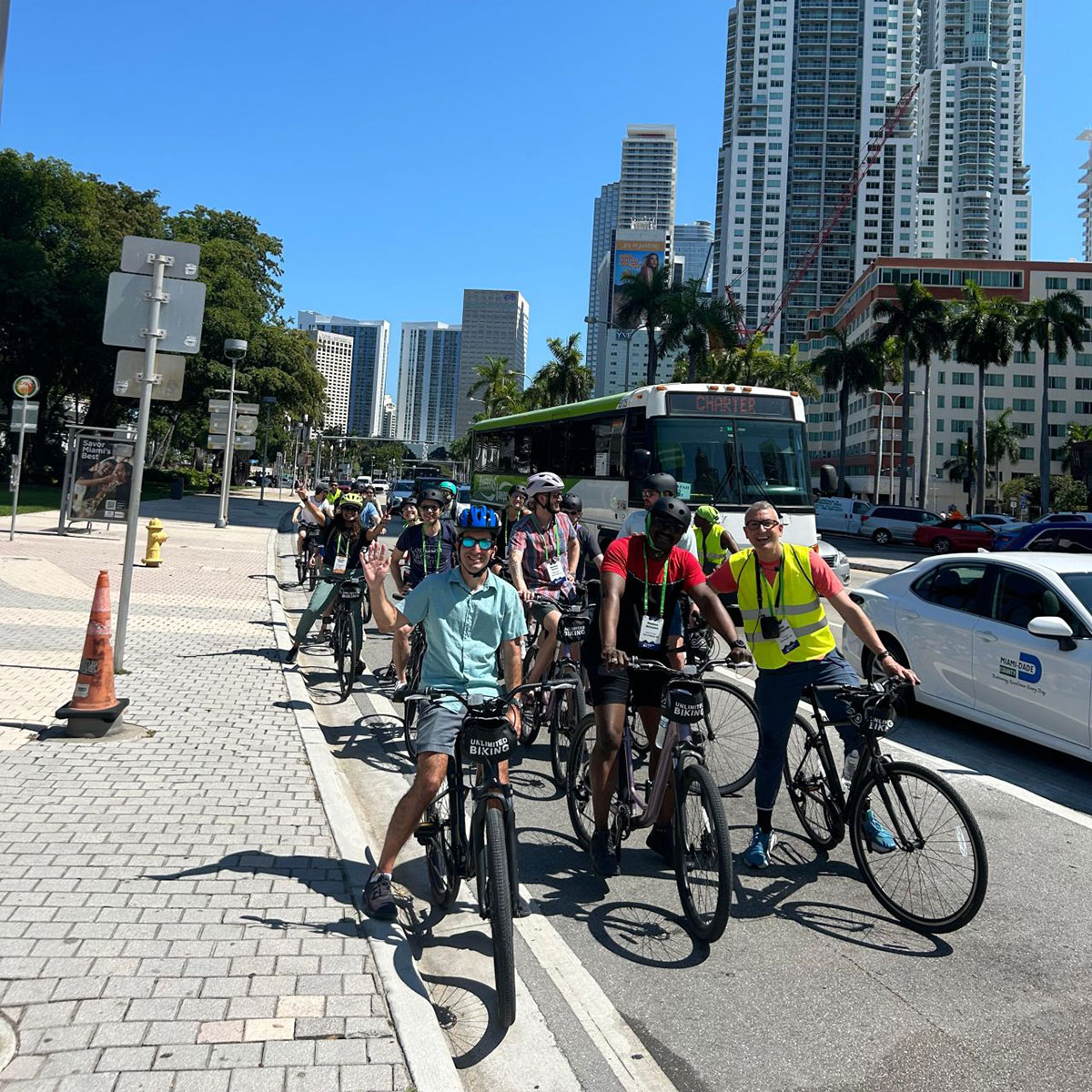
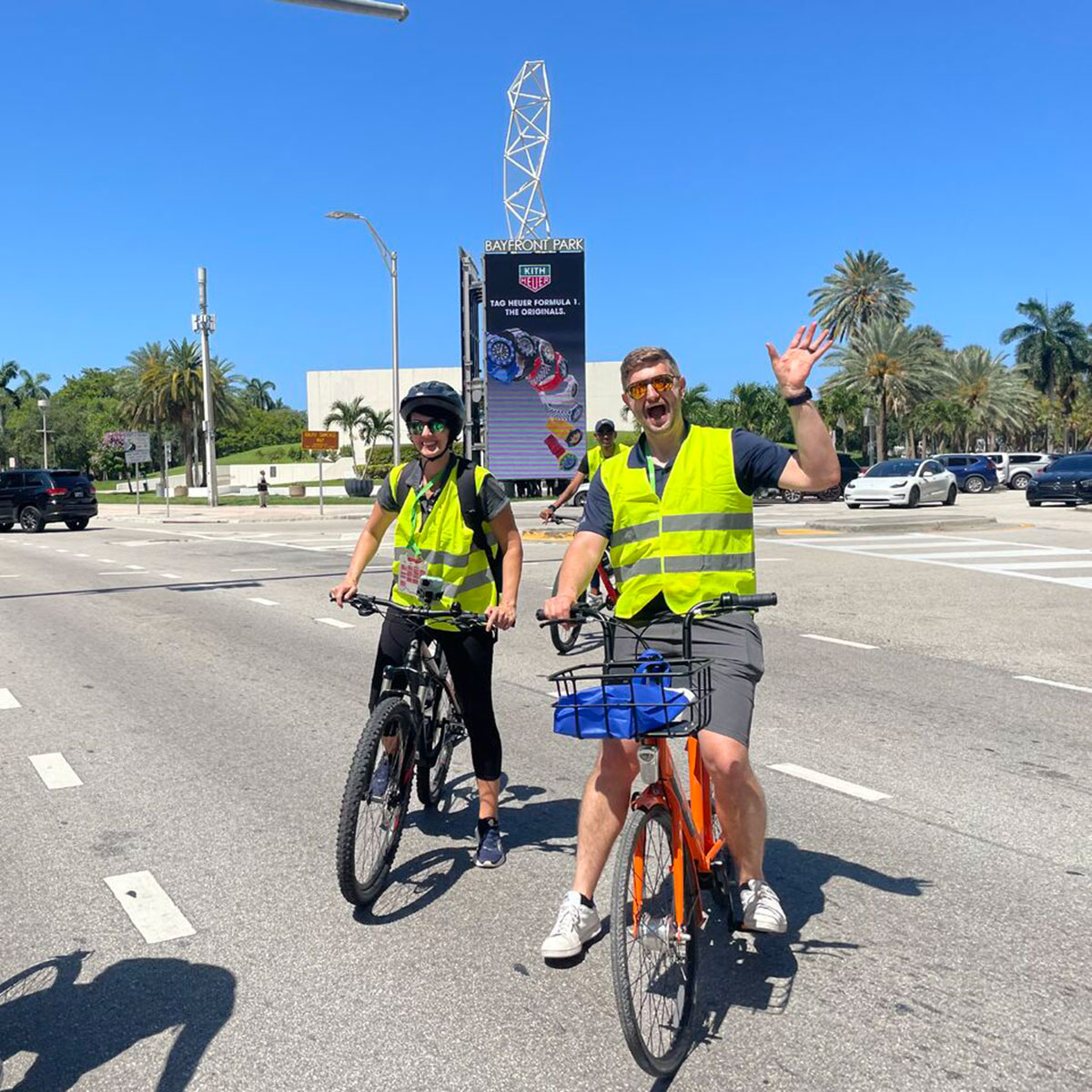
After four days of interacting with transportation professionals from cities and towns across the US, here are the biggest lessons that stood out to us.
1. Understanding a place involves experiencing it.
Representatives from the City of Austin, Texas hosted a session in collaboration with speakers from the Netherlands that represented the Dutch Cycling Embassy. Transportation leaders in Austin, a city that’s gaining a reputation for their transportation achievements, have been inspired in large part by the Dutch planners and engineers who came to visit them, and by their own initiatives to visit the Netherlands and experience those transportation systems firsthand. Experiencing a place will always impact you in a way a conversation or presentation simply can’t.
This message ties back to the goals of the Designing Cities Conference, which include facilitating connections between participants and opportunities to learn about the host city. Many participants talked about having experiences in Miami-Dade County that countered their expectations or preconceptions, such as the walkshop of Wilton Manors, home to one of the largest LGBTQ+ populations in the country.
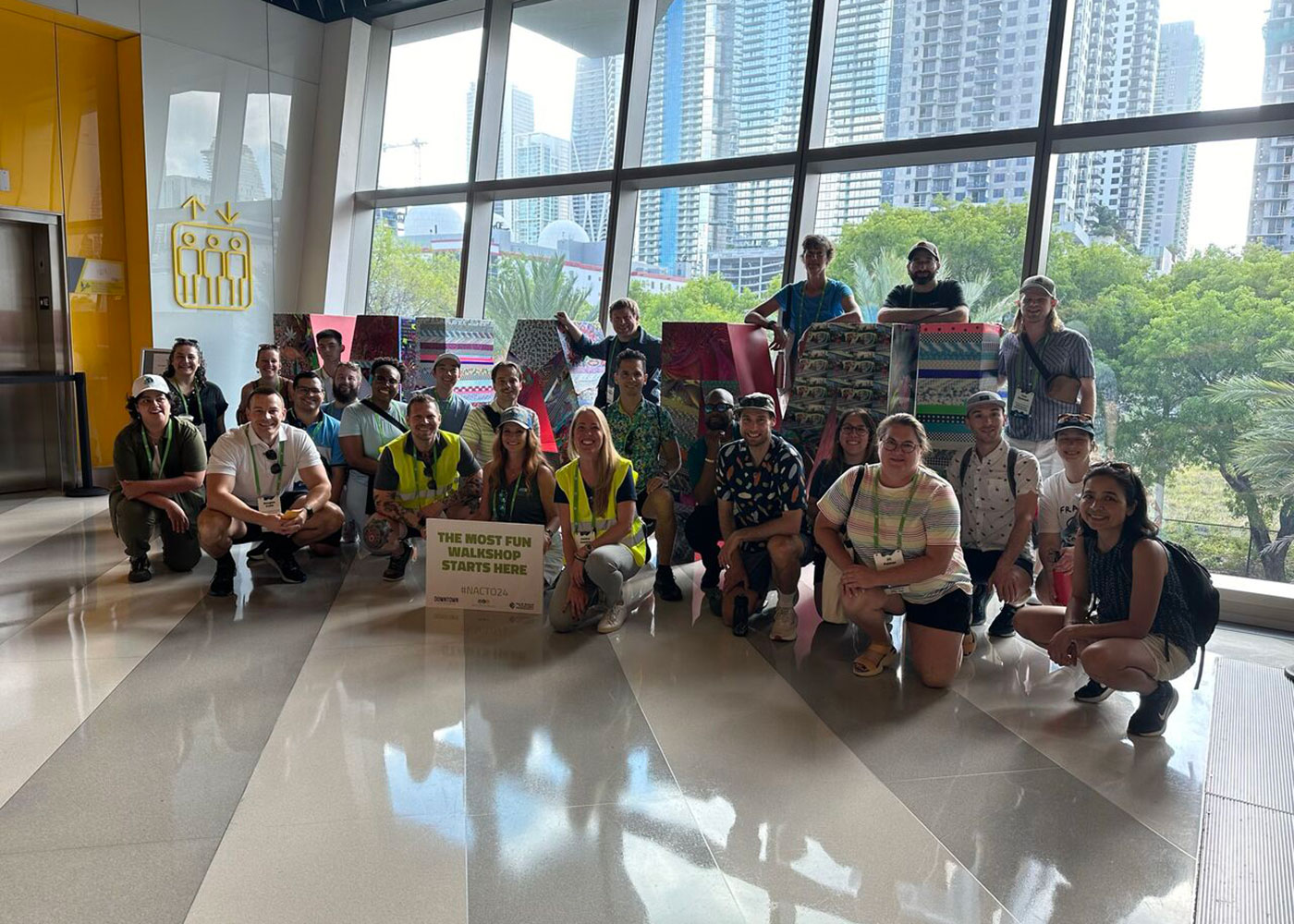
The walkshop of Wilton Manors, home to one of the largest LGBTQ+ populations in the country, was an impactful experience for many attendees.
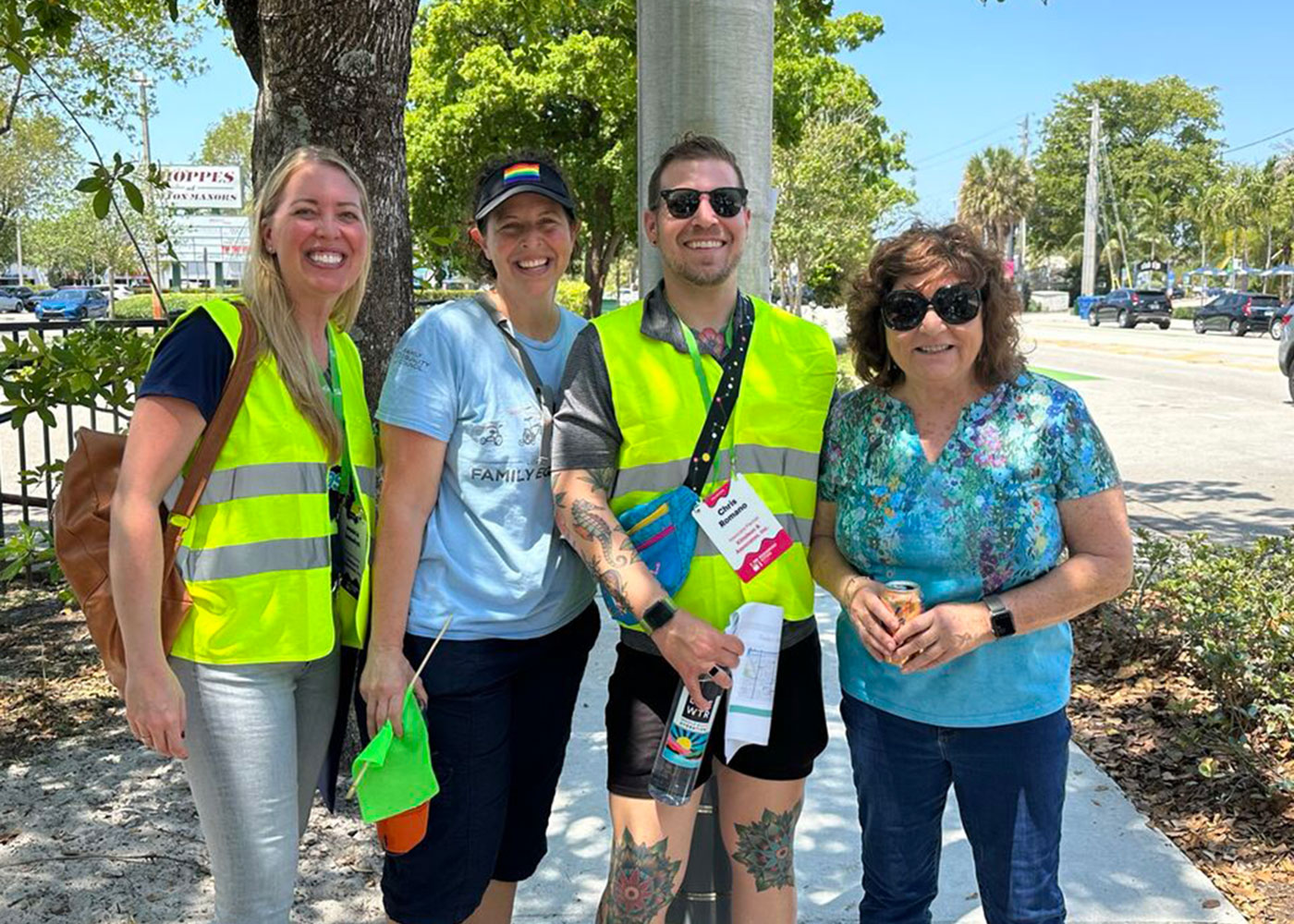
Walkshop leaders Jessica Josselyn and Chris Romano.
2. Achieving radical safety progress means taking risks.
According to many conference participants, one of the most impactful presentations was the plenary session with Veronica Davis, former head of transportation and drainage operations at the City of Houston, Texas. Davis spoke about what it means to affect real, significant change as a leader, offering several memorable pieces of advice:
- Do what you can (you can’t do everything).
- Accept that you may not be the one to do everything.
- Rest.
Another keynote was delivered by the Mayor of Hoboken, New Jersey, which is becoming a recognized name across the US for their remarkable seven-year stretch of zero traffic deaths. Leadership in Hoboken isn’t making slow, incremental changes; they’re pursuing Vision Zero with urgency, and they’re achieving it. But this type of leadership can come at a cost. Both speakers encouraged city leaders to be prepared to be disagreed with, or even let go—it means you’re standing up for something.
3. Get to know people who disagree with you.
Arguably, the biggest value of attending the Designing Cities conference as a city transportation professional is the opportunity to meet transportation leaders in other cities. NACTO facilitates relationship building in many ways, and also demonstrates that valuable connections can and should include people with different roles, expertise, and viewpoints than you have.
One way this played out in the conference was an emphasis on finding common ground amidst differing opinions. The Roundtable Discussion for Florida Cities session featured a Republican and a Democratic representative from Miami Dade County, who spoke on a panel with noticeable respect for one another. While they certainly disagreed on many points, they demonstrated an interest in working together to identify shared goals.
4. Have a headline in mind when you start a project.
At the session “The Process is the Project: How Centering Storytelling in Projects Can Lead to Success,” Seth Solomonow spoke about a proactive approach to storytelling that puts transportation leaders in the driver’s seat of project narratives. What do you hope the headline will be when you reach the end of your project? Work backwards from that message, rather than solely focusing on the challenge when you get underway. This approach not only makes for more effective communication, but helps you clarify your vision and play offense, not defense.
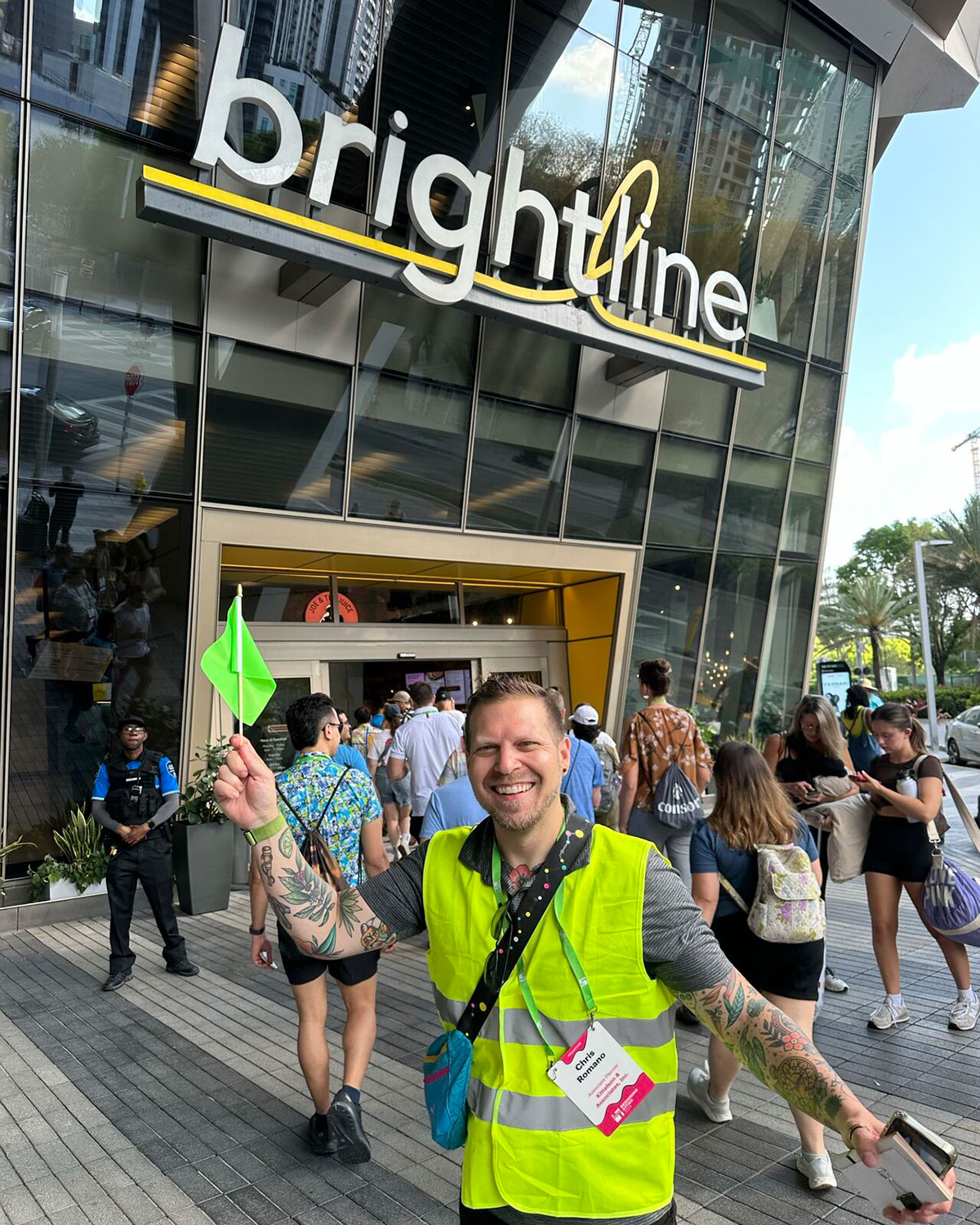
Preparing to board the Brightline, an intercity rail service throughout South Florida.
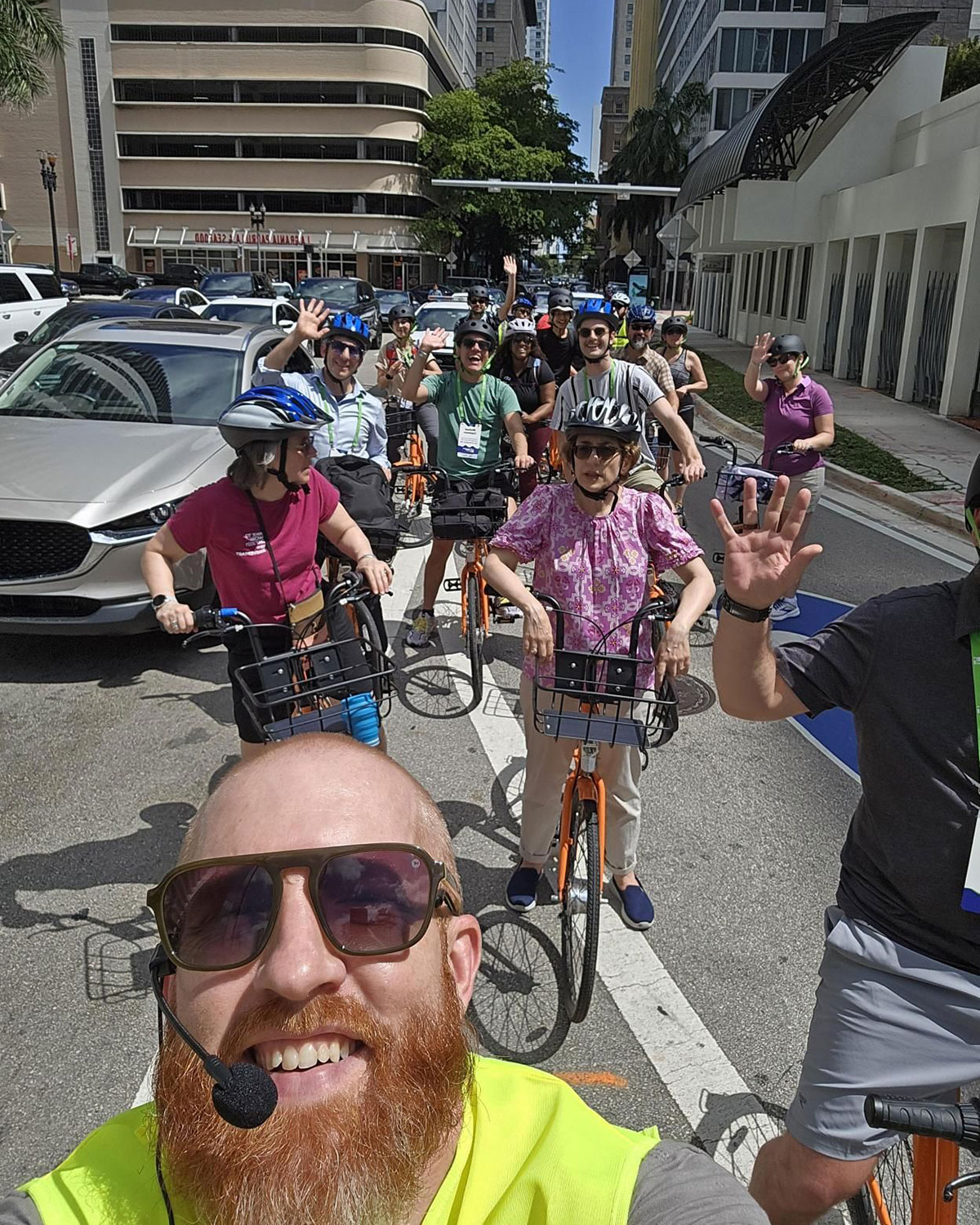
Brandon Kelley leads a bike tour of the Causeway, one of Miami’s most scenic waterways.
5. Let’s breathe new life into Vision Zero.
Safety was a prominent theme throughout many sessions, and the focus of the panel discussion, (Re)Igniting Vision Zero, led by NACTO’s Stefanie Seskin. Speakers from cities of various sizes spoke about how their cities are working toward Vision Zero. A key takeaway for us was the range of cities represented in this discussion (and the event overall). While leaders from LA and San Francisco spoke, so did leaders from Greensboro, NC. Smaller cities benefit from the tools and resources that larger cities with larger budgets can develop and are applying them to road resurfacing projects and other means of getting safety improvements on the ground.
With national safety statistics still at overwhelming levels, it’s natural for discouragement to arise in the quest for Vision Zero, or even a waning of inspiration. This is where the power of sharing stories can ignite a spark. Around the tables at this session, participants swapped ideas and examples of how their cities are tackling safety issues. For example, Washington, D.C. is working toward Vision Zero by:
- Reducing the default speed limit on local roads from 25 MPH to 20 MPH in 2020 and additionally reducing speed limits on at least 20 miles of DC Slow Streets to 15 MPH.
- Piloting 100 locations for No Turn on Red (NTOR) implementation and conducting a before and after study which has led the District to ban all right turns at red lights by January 1, 2025 as part of the Safer Streets Amendment Act of 2022.
- Focusing on temporary, quick-build solutions to intersections and corridors identified in the District’s High Injury Network, including painted curb extensions featuring local artists. A 2022 study conducted by Bloomberg Philanthropies found that the rate of drivers yielding to pedestrians increased by 27% when comparing before and after crash rates for intersections with asphalt art.
What Did You Learn at the 2024 Designing Cities Conference?
We were grateful for the opportunity to be involved in the 2024 Designing Cities Conference, and are confident other participants walked away as inspired as we did. NACTO’s conference is unique in its focus of connecting cities and towns to learn from one another as they pursue similar goals of safety, equity, and effectiveness of their transportation systems. If you attended the conference, we’d love to hear what aspects of it most resonated with you! Comment on our LinkedIn post to share your takeaways!
